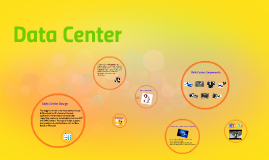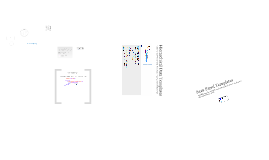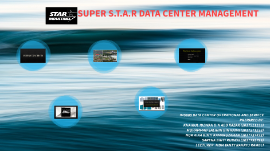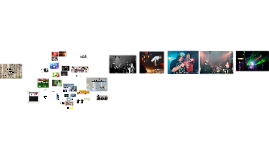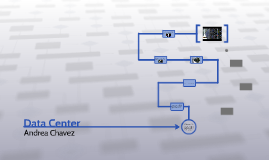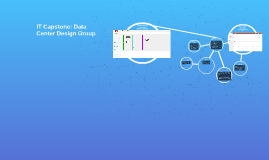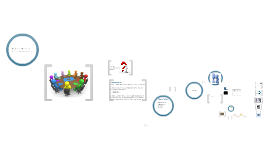Data Center
Transcript: A data center, or datacenter, often requires extensive redundant or backup power supply systems, cooling systems, redundant networking connections and policy-based security systems for running the enterprise's core applications. What is Date Center? Standby power Fire suppression In-Room Electrical Data Center Components: • Perceive the world (data connectivity) • Communicate (e-mail) • Remember information (data storage) • Have new ideas (research and development) The multi-tier model is the most common design in the enterprise. It is based on the web, application, and database layered design supporting commerce and enterprise business ERP and CRM solutions. This type of design supports many web service architectures, such as those based on Microsoft Data Center Design Multi-tier Model Data Center: Data Center = Brain of your company Data centers are physical or virtual infrastructure used by enterprises to house computer, server and networking systems and components for the company's information technology (IT) needs, which typically involve storing, processing and serving large amounts of mission-critical data to clients in a client/server architecture. Thank you Data cabling Cooling system Physical Space: • Process your business transactions • Host your website • Process and store your intellectual property • Maintain your financial records • Route your e-mails Data Centers house the devices that do the following: Data Center Raised Flooring:







